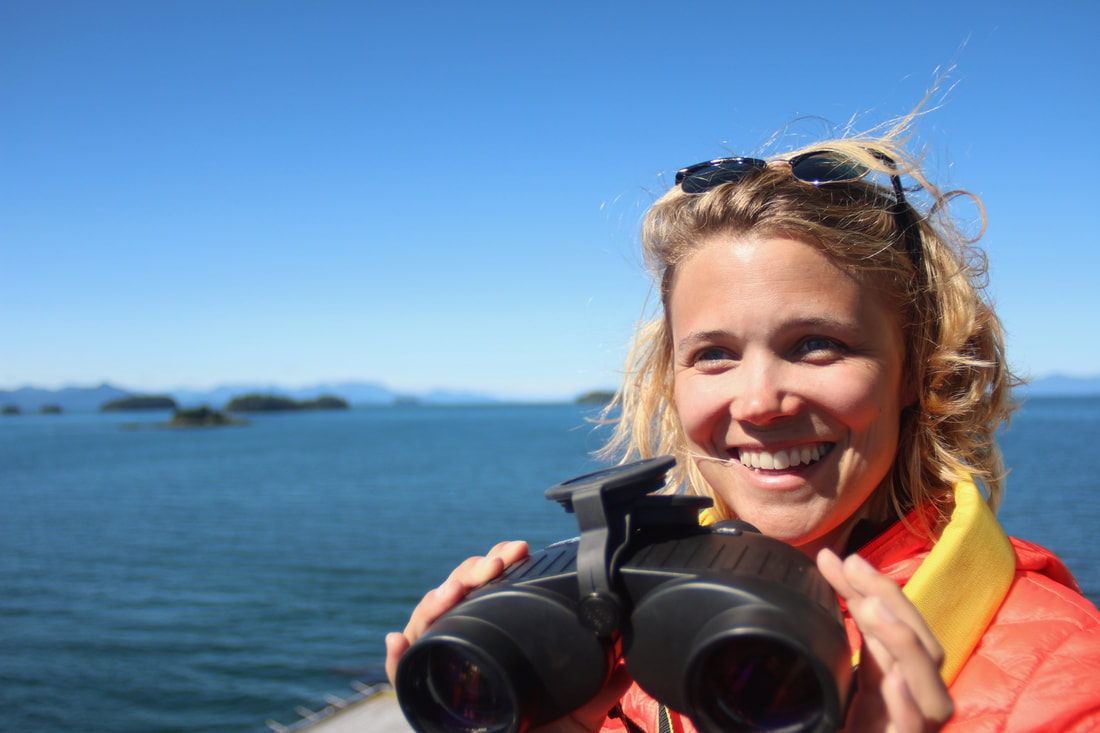|
I have never been what one might call a "good eater." I have been picky since I was a little kid, avoiding major food groups and sticking instead to items covered in cheese. I was a pain in the butt to my very patient parents who just wanted me to have a balanced diet. Today, I am still a problematic dinner guest, (though less dependent on dairy,) as I adhere to a vegan diet. I would call myself what in the biology world we call a "dietary specialist." There are a lot of well known specialists, most notably the southern resident killer whale, which is mentioned all over my website, and is known for it's all raw-salmon diet. The more adaptable, "good" eaters, are known as dietary generalists. Humpback whales are very good eaters. They are flexible foragers, known to eat what small schooling fish or swarming krill are available when they are on their feeding grounds. As big whales that eat small prey, they have learned several techniques to capture their food in order to maximize their feeding efficiency. Some humpback whale populations use coordinated feeding strategies, like bubble-net feeding, to herd large schools of prey. Bubble-net feeding involves one or more members of a group diving below a school of fish and releasing bubbles through their blowhole(s), which form a wall of bubbles around the prey and help herd their prey to the surface as they dive up from underneath them, consuming them in an epic lunge at the surface. Though this behavior is seen all over the world, including Massachusetts, Alaska, Australia, and Antarctica, scientists don't know what benefit working together has for the participating whales. For my master's degree, I sought to answer this question by investigating what whales are doing underwater when they are bubble-net feeding in groups, to determine if they take on different roles. While in my masters thesis I investigated this question across three foraging grounds, the Gulf of Maine, Southeast Alaska, and the Antarctic Peninsula, I recently published my findings from the Gulf of Maine (Mastick et al. 2022). In this study, my coauthors and I tagged 26 bubble-net feeding whales. We looked at the tag data in a program called TrackPlot, which allows us to visualize the 3D movement of the whales underwater. We then assessed what differences there were in dive patterns between groups of various sizes. We found that whales participating in bubble-net dives adopted one of six dive strategies (shown above in order of increasing complexity). Dives (e) and (f) were more complicated dives, and were usually used in small groups. Dive (d), the upward spiral, was malleable (it could have different numbers of rotations,) and it was used across all group sizes. We looked at whether these dive strategies changed based on the number of whales in the group. There was no differences in the strategies based on group size except when whales used an upward spiral strategy. The upward spiral (d) technique changed based on how many whales were feeding together, suggesting that whales needed to maneuver less, and potentially work less, to effectively herd the prey to the surface. This finding shows that there may be a benefit to working together to feed -- in some situations, whales that work in a group have to do less work. Why isn't this the case across all diving strategies? Think of it like a group project in school: whether or not the work load per member is reduced really depends on the behaviors of the group members. When all group members divide up the task easily (in this case, doing upward spiral dives), the project (feeding) is done with less work required of each member. When one group member is a bit controlling and takes over (doing the more complicated dive strategies), they may end up doing more work than other participants, leading to an uneven distribution of work. If you would like to learn more about this project, you can read the article HERE. If you would like to watch a presentation on this research, watch below!
0 Comments
|
AuthorHi I'm Natalie. I'm a parasite ecologist, marine mammal researcher, and science communicator. Follow along :) Archives
March 2022
Categories |



 RSS Feed
RSS Feed